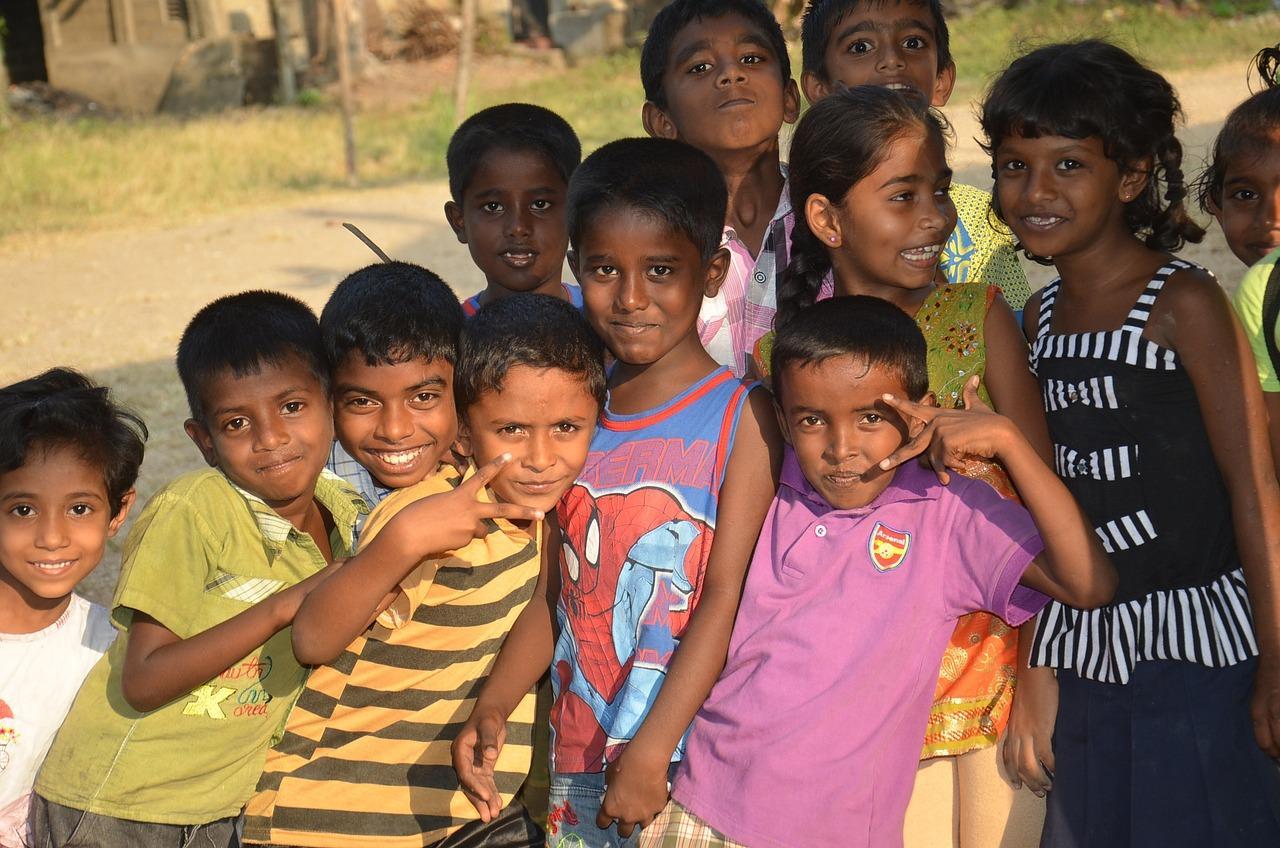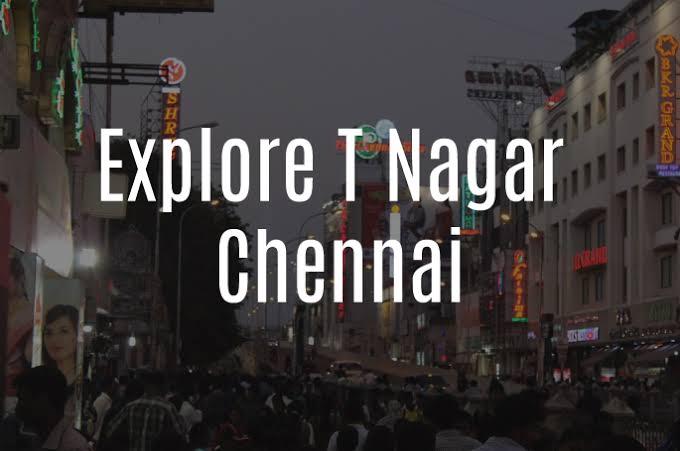In M.I.A.'s Footsteps: How the Tamil Diaspora Reinvents Its Culture

The Tamil diaspora spans across all continents and is part of a global community of approximately 75 to 80 million Tamil speakers. Millions of Tamils were forced to leave their homeland due to the civil war in Sri Lanka. However, displacement often comes with the struggle to preserve one's identity. Young artists in Europe are now exploring new ways not only to maintain their culture but also to make it known beyond their community. They blend traditional art forms with modern influences, creating something entirely new.
M.I.A.: A Pioneer of the Tamil Diaspora
British-Tamil singer Mathangi "Maya" Arulpragasam, known as M.I.A., brought global attention to the plight of Tamils in the 2000s. With songs like "Paper Planes" and "Bucky Done Gun," she not only achieved international success but also used her music as a platform for political statements. She addressed the violence and injustice against the Tamil population in Sri Lanka and advocated for the independence movement of the Tamil Tigers. Her controversial lyrics and genre-defying style made her one of the most influential voices of the Tamil diaspora.
Pritt: R&B Meets Carnatic Music
One artist following in M.I.A.'s footsteps is Pritt, a British-Tamil singer from London. She blends R&B with Carnatic singing, a South Indian musical tradition that originated in Tamil Nadu around 200 years ago. In her music, she incorporates the Carnatic scale with its distinctive notes and transitions, known as Gamakas, and integrates them into modern R&B sounds.
For Pritt, singing in Tamil is a heartfelt mission—a language considered one of the oldest in the world, whose use in Sri Lanka can still lead to discrimination today. While she spoke Tamil in her family from a young age, it was through music that it became a core part of her identity. Her songs are an expression of her heritage but also a bridge to a global audience that loves her music without needing to understand the language.
Usha Jey: The Dancer Who Fuses Bharatanatyam and Hip-Hop
Young Tamil artists are also making waves in the dance scene. Paris-based choreographer Usha Jey combines two seemingly opposite dance styles: traditional Indian Bharatanatyam and modern hip-hop. Originally from the hip-hop scene, Usha competed in battles worldwide before discovering Bharatanatyam, one of India's oldest classical dances, which often tells stories through poses, movements, and facial expressions.
With her unique hybrid form of "Hybrid Bharatanatyam," she brings these two worlds together. Her style has gained international recognition, and in 2021, she was even appointed as M.I.A.'s choreographer. But her art isn't just about her career: through free workshops, she introduces young Tamils in France to Bharatanatyam, helping preserve this art form.
Lawrence Valin: Representation Through Film
While dance and music are powerful forms of expression, actor and director Lawrence Valin uses film to tell the story of Tamils. His goal is to raise awareness about the traumas of the civil war, which are often suppressed within the community.
His film "Little Jaffna," screened at the Venice Film Festival's Critics' Week, is set in the final days of the 2008 civil war. Inspired by Martin Scorsese's gangster films and the Tamil film industry "Kollywood," Valin tells a story exploring identity, migration, and the Tamil diaspora. He strikes a balance between entertainment and socio-critical commentary.
Art as a Means of Survival
For many young Tamils, art is not just a means of expression but a question of survival. The civil war may officially be over, but Sri Lanka still lacks genuine reconciliation or accountability. Tamil identity continues to be systematically marginalized there. Yet, through music, dance, and film, the diaspora manages to tell its story and bring its culture into the mainstream.
The next generation of Tamil artists is ready to showcase themselves to the world—and use their art to raise a voice for their roots.






